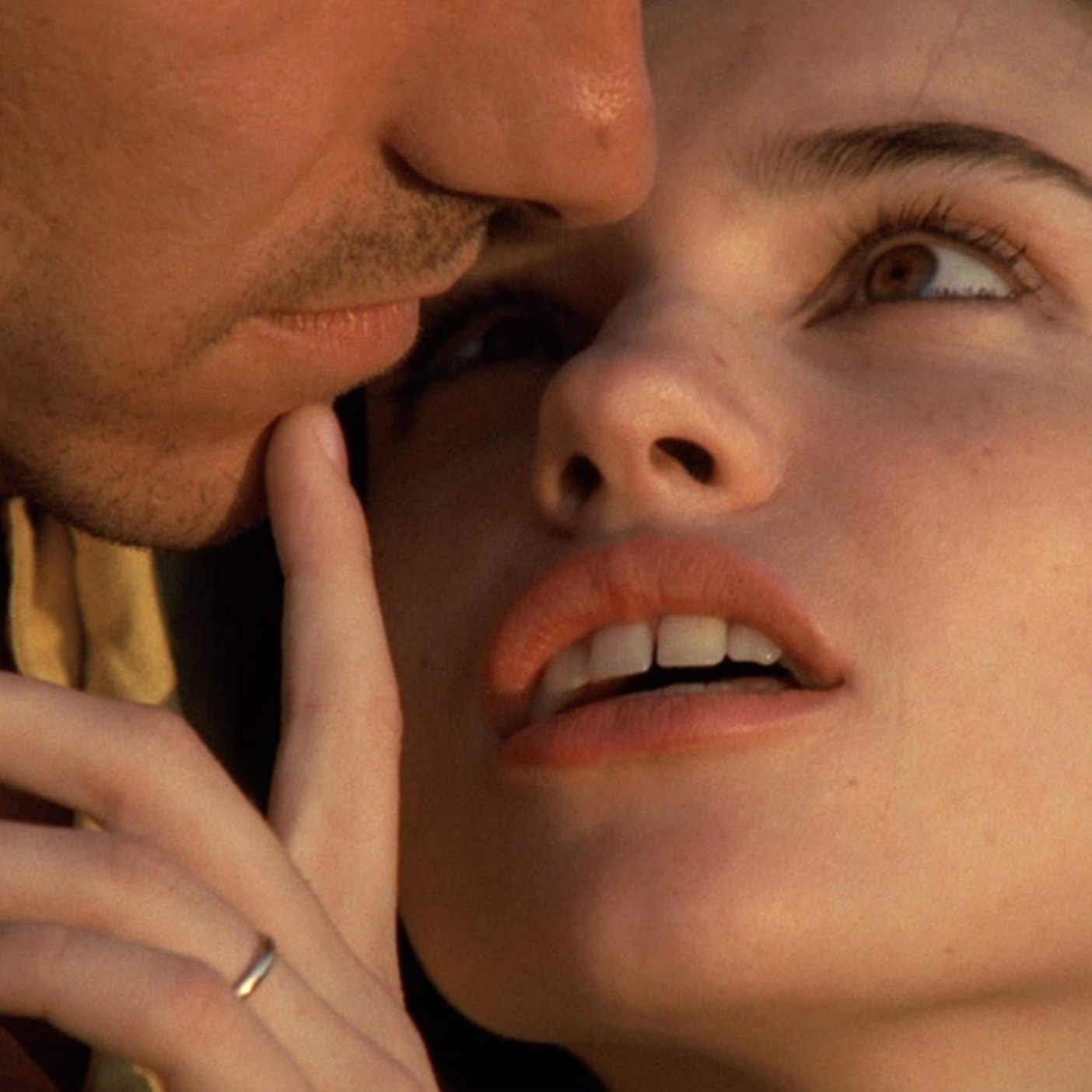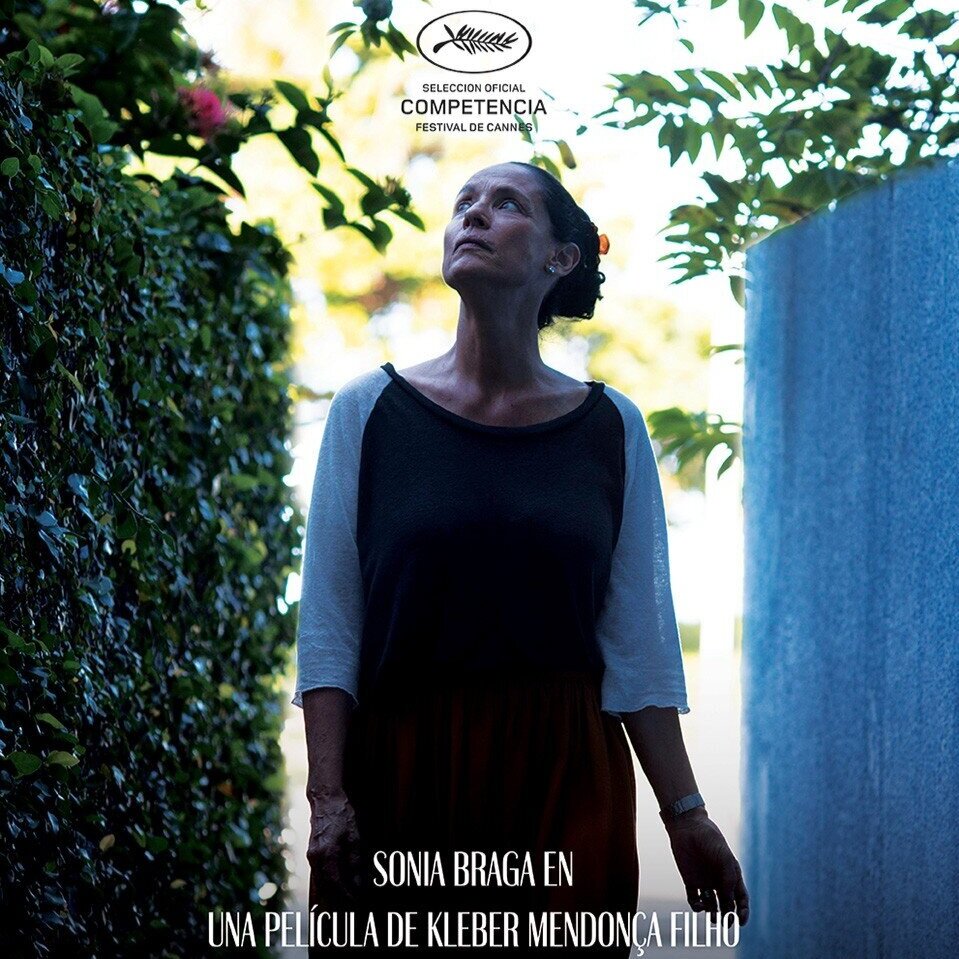




Fitzcarraldo’s Burden
German film director Werner Herzog often reminisces of the lost art of being able to trust our eyes. How everything we see in modern movies is informed by digital manipulation, sophisticated editing, and the sheer total commercial management of putting something on the screen. He laments the early days of cinema, where what was projected was so believable that, so the stories go, audiences would flee terrified from their seats at the prospect of a train coming towards the camera. Somewhere along the way, we lost this terror.

More War Than Peace: Sergei Bondarchuk’s 4 War & Peace Films (1966-67)
When older generations say that they don’t make movies like they used to, they’re talking about Sergei Bondarchuk’s War and Peace films, released between 1966 and 1967. An absolutely breathtaking series of four individual movies spread out over seven hours, they recount Tolstoy’s epic tale of Russian aristocratic and military perspective during the Napoleonic invasion of the early nineteenth century in elaborate, authentic and highly orchestrated detail.

Beanpole’s Frozen Trauma
The icy Leningrad wind blows through the soulless, gray buildings. The equally soulless, gray people recovering from the immediate aftermath of The Second World War blow through the streets like torn pieces of newsprint. These frigid streets mask the squalid desperation of those who’ve survived, and look to make the transition into what will become the post-war Soviet socialist state. It’s a moment beautifully frozen in time, but also the moment we first meet Iya (played by the incredible Viktoria Miroshnichenko), frozen in place not by the weather, but by the temporary immobility of post-concussion syndrome. Her voice in close-up crackles and she trembles as her muscles spasm. All we hear is a distant ringing, and the drowned voices of the blurred figures she works with in the infirmary. The shot uncomfortably lingers. We are forced to watch ever closer, increasingly drawn into her suffering.

“We Screwed Every Night. The Forecast Was For Storms.” (Betty Blue)
I always forget how much I love Jean-Jacques Beineix’s 1986 Betty Blue. A perennial eighties student favorite, and often a gateway drug into modern French cinema, it has all the hallmarks of a movie which stays with you long after the credits roll. In my case, this has been decades, but I only recently watched it again after a very long hiatus. I still love it. Exquisite cinematography, the tempestuous, passionate, charged voltage of its two main characters, the haunting soundtrack, and best of all, just the wonderful original Philippe Djian storyline all combine perfectly into a tale of maddening, violent, deteriorating unraveling.

Don’t hate the player, hate the game: Netflix’s breakout hit Squid Game
Squid Game has taken the recipe for a bingeable Netflix show and seasoned it to perfection. The Korean drama follows Seong Gi-hun, a father who has gambled with both his life and his relationship with his young daughter. With little left to lose and everything to gain, he enters to compete in a series of children’s games, along with 455 other debt-ridden and desperate contestants, enticed by a handsome cash prize. The twist? Losing gets you killed.

"I have no conscience, only nerves”: Andrei Tarkovsky’s Stalker
Based on Arkady and Boris Strugatsky’s novel Roadside Picnic (1972), Andrei Tarkovsky’s Stalker (1979) carries all the cinematic hallmarks of humanity’s carelessness towards the environment, and the clinical, cold and soulless climate of life behind the Iron Curtain.

Minari
Cultures throughout human history have been able to unite around a simple fact: Dragons. Are. Awesome. Raya and the Last Dragon takes inspiration from Southeast Asian culture to tell the story of Raya, a battle-hardened princess fighting to unite the divided land of Kumandra. The movie is Walt Disney Animation’s first original feature film since Moana in 2016.

Retrospective: Cinema Paradiso
Cinema Paradiso is a film engrained with the sweet and sentimental feeling of nostalgia. It is one that evokes memories and moods reminiscent of times when movie theaters and gatherings were places of great joy and shared camaraderie. It is a movie with personality, taking its viewers through the highs and lows of life, within which we see our own experiences and personal connection. What follows is an introspection of the reasons why I believe this film is an Academy Award winner and said to be one of the best foreign-language movies of all time.







